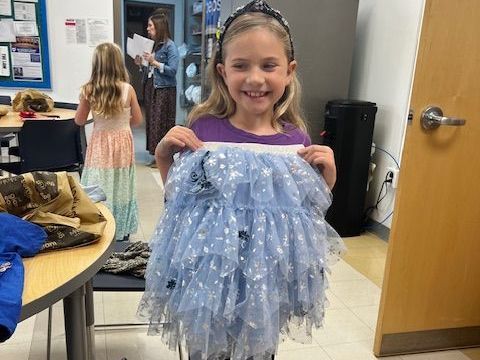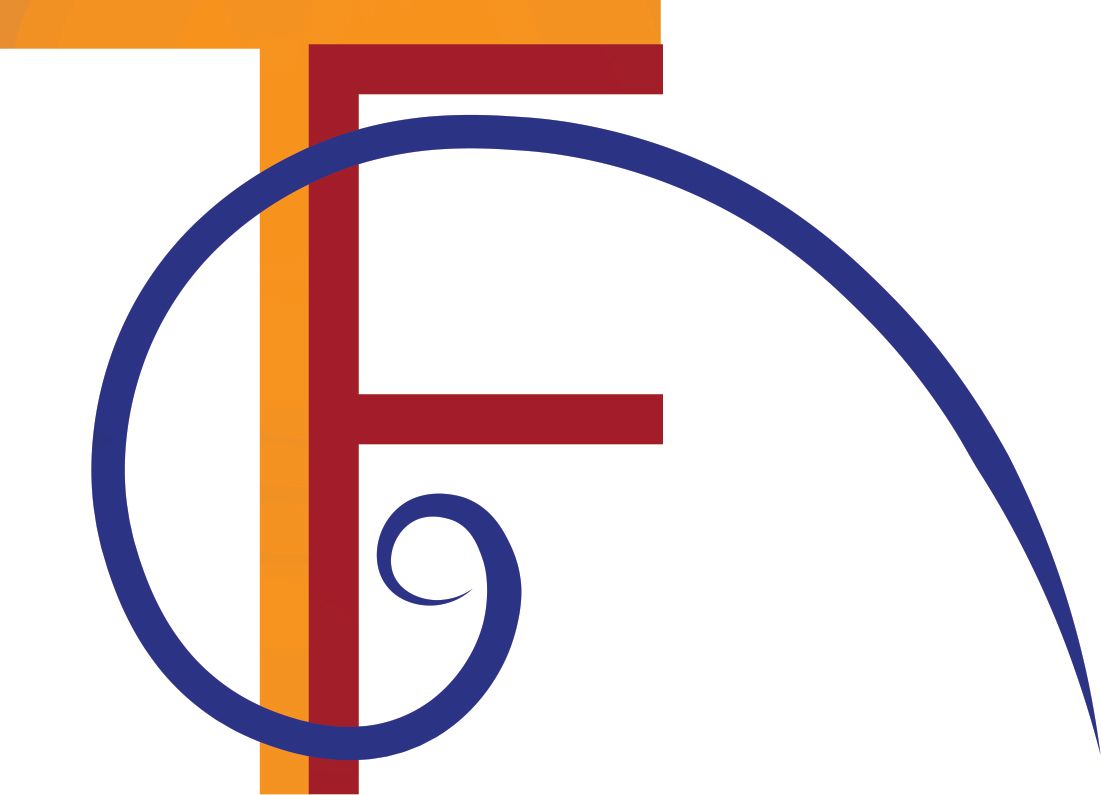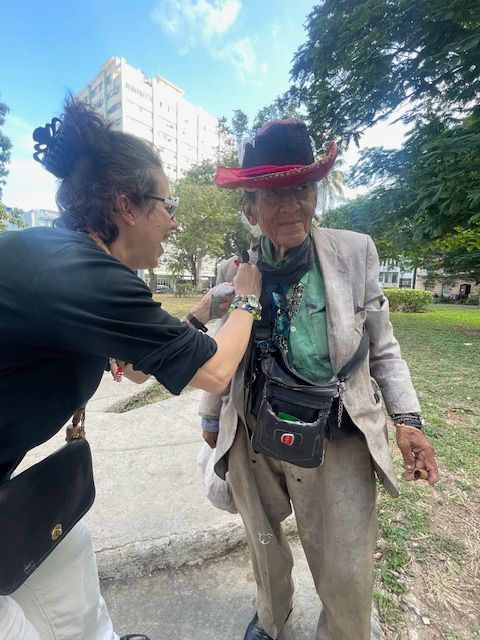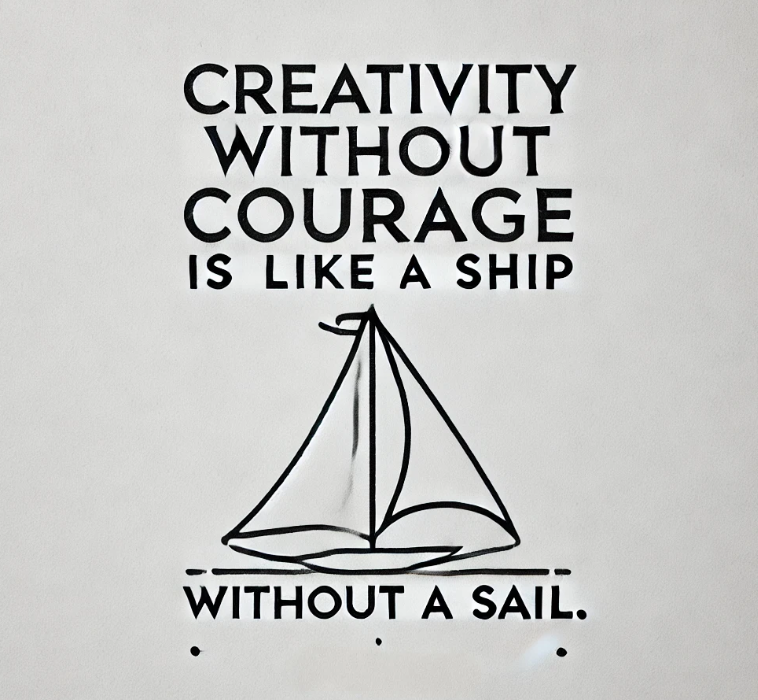The Joy of Shopping

Breaking the Shopping Habit

Understanding Why We Shop and How to Find Joy Beyond Buying
Shopping can feel exciting, rewarding, and comforting. But have you ever stopped to wonder why? What triggers the urge to buy something new, even when we don’t need it? The modern shopping habit is a complex phenomenon driven by emotional, psychological, and neurological factors. When left unchecked, it can lead to overconsumption, debt, environmental harm, and a never-ending cycle of dissatisfaction.
At Columbus Fashion Academy, we tackle this issue head-on by teaching kids and adults alike how to develop confidence, individuality, and intentionality in fashion. This blog explores why we shop impulsively, what happens in the brain when we do, and how we can find joy beyond consumption. Let’s break down the science and psychology behind shopping, present the problem, and offer practical solutions that can change lives.
The Science Behind Impulse Shopping
Dopamine and the Brain’s Reward System
Shopping activates the brain’s reward system, particularly the release of dopamine, a neurotransmitter associated with pleasure and motivation. When you see something you want to buy, your brain anticipates a reward, creating a surge of excitement. This anticipation can be so powerful that even the act of browsing or adding items to a cart triggers a dopamine spike.
However, the satisfaction is short-lived. Once the purchase is made, dopamine levels quickly drop, leaving us wanting another hit. This cycle explains why many people turn to shopping when they feel bored, unhappy, or stressed—it offers a temporary boost in mood, albeit one that fades quickly.
Emotional Triggers and Impulse Control
Psychologists have identified several emotional states that contribute to impulsive shopping:
- Boredom: Shopping offers stimulation and excitement when life feels dull.
- Unhappiness: Retail therapy is often a way to distract from negative emotions.
- Fear of Missing Out (FOMO): Limited-time offers and fast-moving trends exploit our fear of being left behind.
- Social Influence: Seeing others buy or wear certain items can create pressure to conform.
Impulse control is governed by the prefrontal cortex, the part of the brain responsible for decision-making and self-regulation. Unfortunately, this region can be overridden by the limbic system—the brain’s emotional center—when we experience intense emotions. This is why shopping impulsively feels so natural but often leads to regret.
The Environmental and Social Cost of Overconsumption
Over the past few decades, fast fashion has made it easier than ever to buy new clothes at low prices. While this has democratized fashion, it has also contributed to significant environmental and social issues:
- Environmental Damage: The fashion industry is one of the largest polluters in the world, with massive water usage, carbon emissions, and textile waste.
- Labor Exploitation: Many fast fashion brands rely on low-cost labor in developing countries, often under poor working conditions.
- Overproduction and Waste: We have produced enough clothes to dress humanity for the next 230 years, yet millions of garments end up in landfills every year.
At Columbus Fashion Academy, we believe that fashion can be fun, expressive, and sustainable—but it requires a shift in mindset. Breaking the shopping habit isn’t just about buying less; it’s about buying intentionally.
Breaking the Habit: A Step-by-Step Approach
1. Awareness: Recognize the Triggers
The first step to breaking any habit is awareness. Notice what triggers your impulse to shop. Is it boredom? Stress? Social pressure? Once you identify the triggers, you can start addressing the underlying emotions.
2. Replace the Habit with Something New
Breaking a habit isn’t just about stopping the behavior—it’s about replacing it with something healthier. Instead of shopping, try:
- Learning Something New: Pick up a hobby like sewing, painting, or cooking.
- Connecting with Nature and People: Spend time outdoors or with friends and family.
- Creating Something: Design your own clothes, upcycle old garments, or make art.
- Shop pre-loved: Learn how to shop clothes that can be reused (which means they are new to you) or repurposed into (which also means something new in your closet, and even better, made by you!)
3. Be Intentional When You Do Shop
At Columbus Fashion Academy, we always say: It’s okay to buy from Zara, H&M, Anthropologie or any other retailer. Most brands are part of the fast fashion system these days, we will not be able to stop them right away; but we can make them slow down by shopping less. The key is to buy something because you truly love it, not because it’s cheap or trendy. When you buy something you genuinely adore, you’re more likely to wear it repeatedly, reducing waste and overconsumption.
4. Practice Gratitude and Mindful Consumption
Before buying something new, pause and reflect on what you already have. Practicing gratitude for your existing wardrobe can reduce the urge to seek new items constantly. Mindful consumption means asking yourself:
- Do I love this item enough to wear it many times?
- Will this purchase truly add value to my life?
- Who Made these Clothes? (research and learn the brands who treat their workers right and cares for the planet)
The Joy of Creating and Connecting
There is immense joy in creating something with your own hands and connecting with others through shared experiences. That’s why our programs at Columbus Fashion Academy emphasize hands-on creativity, sustainability, and community. When you learn to design, sew, or upcycle your clothes, you not only develop valuable skills but also experience the satisfaction of making something unique.
Join Us: Transform Waste into Wonder
If you’re ready to break the shopping habit and discover a new kind of joy, we invite you to join us at Columbus Fashion Academy. Our summer camp is a perfect place to learn, create, and connect. Through fun, hands-on projects, you’ll explore personal style, build confidence, and learn how to make fashion sustainable.
Let’s transform waste into wonder—together!
Sign up today for our summer camp and start your journey toward intentional, joyful fashion!
Creativity for All: Transforming Lives, Building Futures
We are a nonprofit human services agency dedicated to cultivating creativity as a vital part of life for all people. We’ve seen firsthand the profound impact creativity has—boosting confidence, fostering connection, and creating balance in a world that often feels unbalanced.
Why Your Support Matters
When you support The Fashion Community, you’re doing more than donating to an organization—you’re investing in people and meaningful connections. You’re helping people of all ages to discover their passions, empowering them to find balance, and fueling a movement that values creativity as essential. Every dollar goes toward running programs that transform lives and inspire individuals to see the world—and themselves—in their best light.
Your support helps us hosting free community events, provide materials that support fashion sustainability, train youth and elderly in workforce development and develop more programs that are tech-free, fostering communication, connection and creativity in schools, neighborhoods, and organizations. Together, we’re not just cultivating creativity; we’re shaping a future where every person can discover their potential and thrive to be themselves. We empower people and organizations to create, innovate, shine and give their gift back into their communities and the world.
We will get back to you as soon as possible.
Please try again later.
Want to schedule a donation drop off/pick up?
Do you have questions? Email us at
Our Mailing Address:
3040 Riverside Dr. suite 203
Columbus OH 43221
All Rights Reserved | The Fashion Community, a 501c3 nonprofit human services agency | IEN #99-1795888 | Offices: 3040 Riverside Dr. suite 203, Columbus OH 43221


